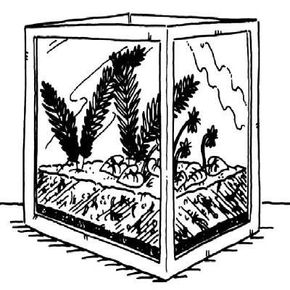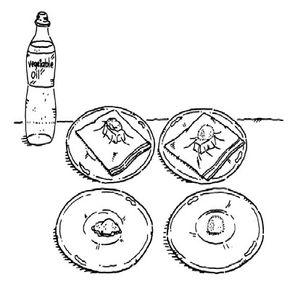Learning about the environment is a great way to educate others, including your friends. With these environmental activities, you'll be sure to teach people that it's up to us to ensure animals and their habitats will be around for years to come.
Whether you enjoy getting your hands dirty or prefer researching your surroundings inside away from mud, there's an environmental activity here for you. So dig in the dirt or dig into a book, and let's start saving our planet.
Advertisement
Follow the links below to learn how to construct some environmental activities.
Educating yourself and others about endangered animals is one way to help save them.
Oil spills are dangerous and deadly for animal habitats. Learn how the oil affects the animals and their environment.
With a few of the basic necessities (food, water, and shelter), you can create you own outdoor wildlife refuge.
Observing the outdoors in the convenience of your own home will help you understand the environment better.
Designate an area of your backyard specifically for plants and creatures outside with a miniature safe haven.
Keep reading to learn how you can help save endangered animals.
For more fun kids crafts and activities, check out:
Advertisement


